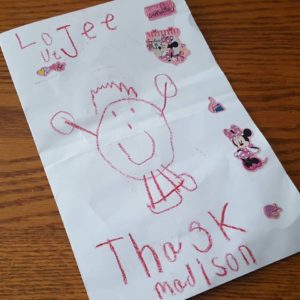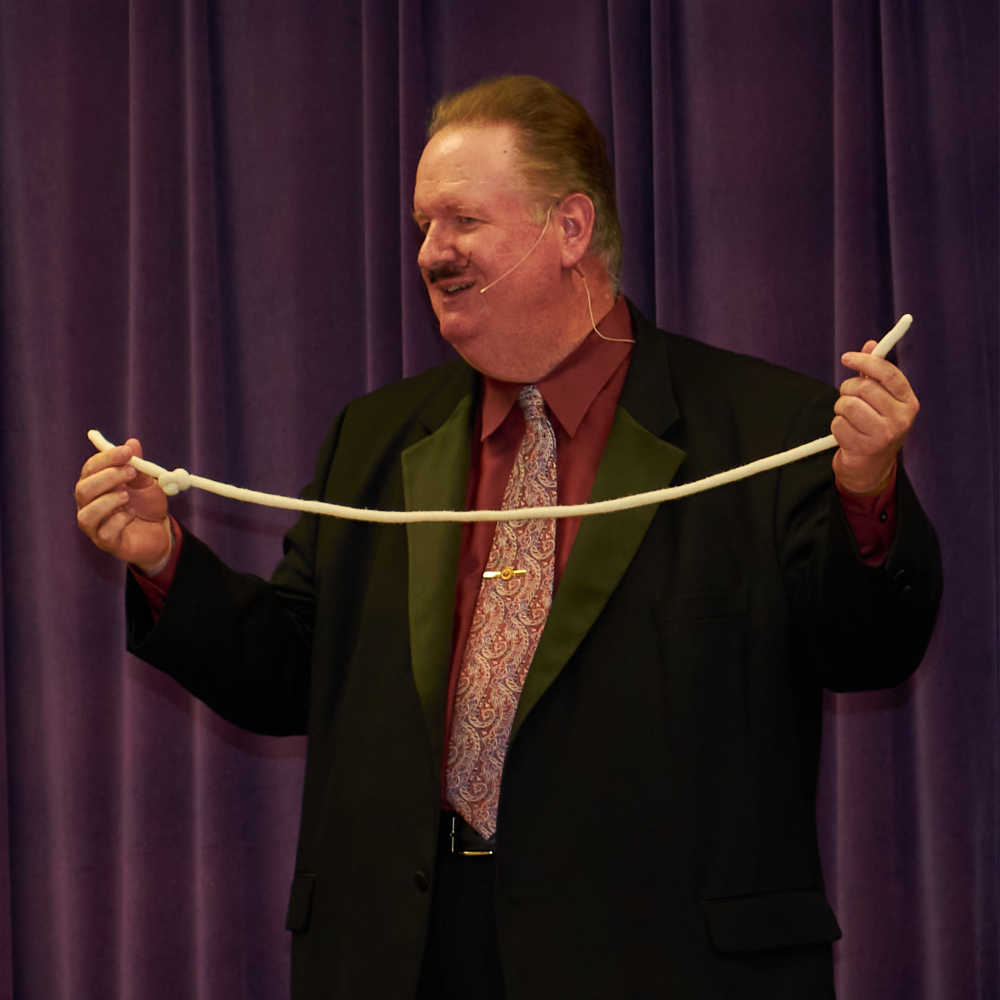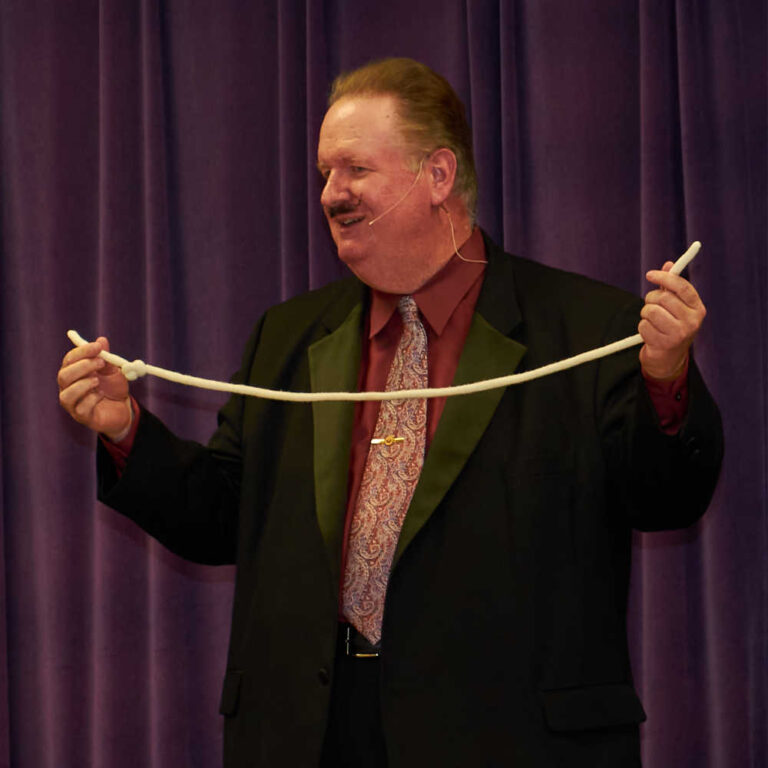Small Action, Big Impact
Have you ever considered the impact that a small action or decision can have on your audience? Something you consider minor can have an enormous impact on a customer, client, or anyone else who is paying attention to your brand. Here’s a real-world experience that may give you something to think about.

So What Actually Happened?
Last year I was invited to perform for a corporate client’s holiday party at a beautiful venue in Nashville, Tennessee. Despite unprecedented amounts of ice, snow, and multiple transportation obstacles between my home in Atlanta and the venue in Nashville, I still made it and let me tell you — I have never been so happy to get to work! (The story of overcoming those obstacles is a story worthy of an entire post of its own. Stay tuned!)
For this corporate event I provided background piano music, strolling close-up magic, and an after-dinner cabaret magic and mentalism show. That stand-up magic show included a number of pieces that required help from the audience.
Choosing assistants from an audience is part art and part science. As the performer, you are observing and evaluating countless characteristics. Is this person smiling and open? Refusing eye-contact? Have they enjoyed the show so far, or have you sensed some kind of tension? Are they obviously having a bad day? Are they wearing glasses? Do they need a cane? Does their behavior seem predictable or erratic? Will the stress of being onstage with you excite or terrify them? Will their participation give the audience more enjoyment, or will it create tension? You may not always be able to know the precise answer to all of these questions, but over time you develop a gut instinct for what makes a good fit in each “guest star” role of your show.
I was looking for an audience assistant for a part of my show near the end, and as I scanned the audience I caught the eye of a young girl. She was anxious to help, and might have been a good fit if I were doing a show that was designed for young assistants… but in this case, she wasn’t quite what I needed. I smiled, said as politely as I could that I was going to need someone else, and moved on in my search.
I was packing up after the show when she and her dad came by to speak. They were super polite and he simply said that she wanted to talk with me. It was clear that she was disappointed, but she mainly just wanted to interact with me. I thanked her for her willingness to to help and got an address. Later on, I sent her a pack of my personal playing cards as a souvenir. She sent back the thank-you card pictured in this article.
Three Decisions and Their Aftermath
Let’s look at some decisions that were made and what impact they had.
- First, no matter how politely I moved on from that moment, I consciously chose not to use this child in my program. In my work I either choose or don’t choose hundreds of people in every show. To me, the moment I decide to move on is a drop of water in an ever-flowing river, and I have very good reasons for those decisions. But to a person in my audience, they might never have been at a show with a performer who was using audience participants. They might catch my eye only one time during the show, and if I don’t choose them… that feels very different. If they have invested emotionally in the moment, it can be truly disappointing. Even adults know how disappointing it is to feel that we’ve been “passed over” for an award, or a promotion, or even a sale. We may have more maturity and more emotional tools for dealing with that and building on it, but it’s still a downer. My small action, no matter how necessary it was, nor how unintended any offense, had a disproportionately negative impact on that young lady. Fortunately, they told me about it rather than keeping it secret!
- Next, after finding out that the young lady was disappointed, I took action. I chose to send a gift and a short note of encouragement. This was another minor decision, as I have decks of cards on hand and it cost me next to nothing to put together a little gift. But the act of doing so was about more than my own reputation management – it was also intended to help a real person feel real joy. It is almost trivial to take a moment to attempt to bring genuine joy to someone who you know needs it. (Psssst — everyone needs it!)
- Finally, the young lady responded to what I thought was a trivial gift with a thank you note that she made herself! Clearly, my small actions had a big impact, but her thank you note also did – it was the impetus for this article, and a great illustration of core customer service and branding principles that everyone can learn from.
What Can We Learn About Customer Service and Keeping Our Brand Promises?
Here are some questions to consider:
– Do your business processes have built-in decision points that can generate genuine disappointment for some people? (Pssst – the answer to this question is always “Yes.”)
– Do you have channels open to find out about those situations?
– Are you willing to evaluate those concerns, prioritize them, and address them?
– Are you celebrating the successes of doing so, so that others in your audience can see your brand honestly trying to live up to its promises?
In any business, you will sometimes have to make decisions that mean some people don’t get exactly what they wanted. However, with thought and effort, you can take some disappointing outcomes and still frame them in ways that emphasize your organization’s commitment to excellence, service, and great experiences.







